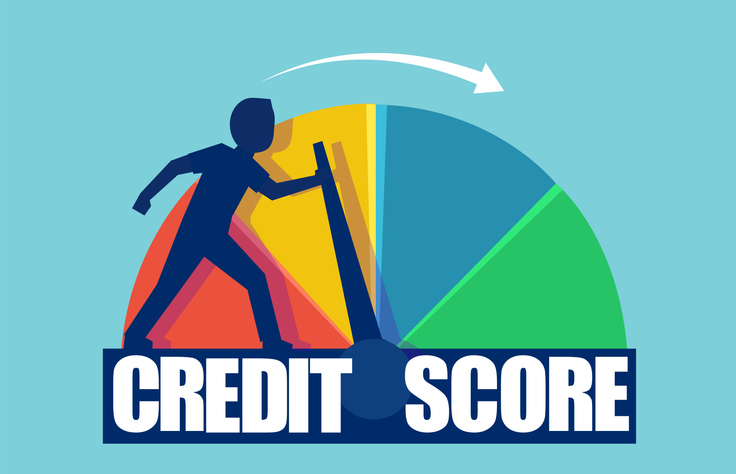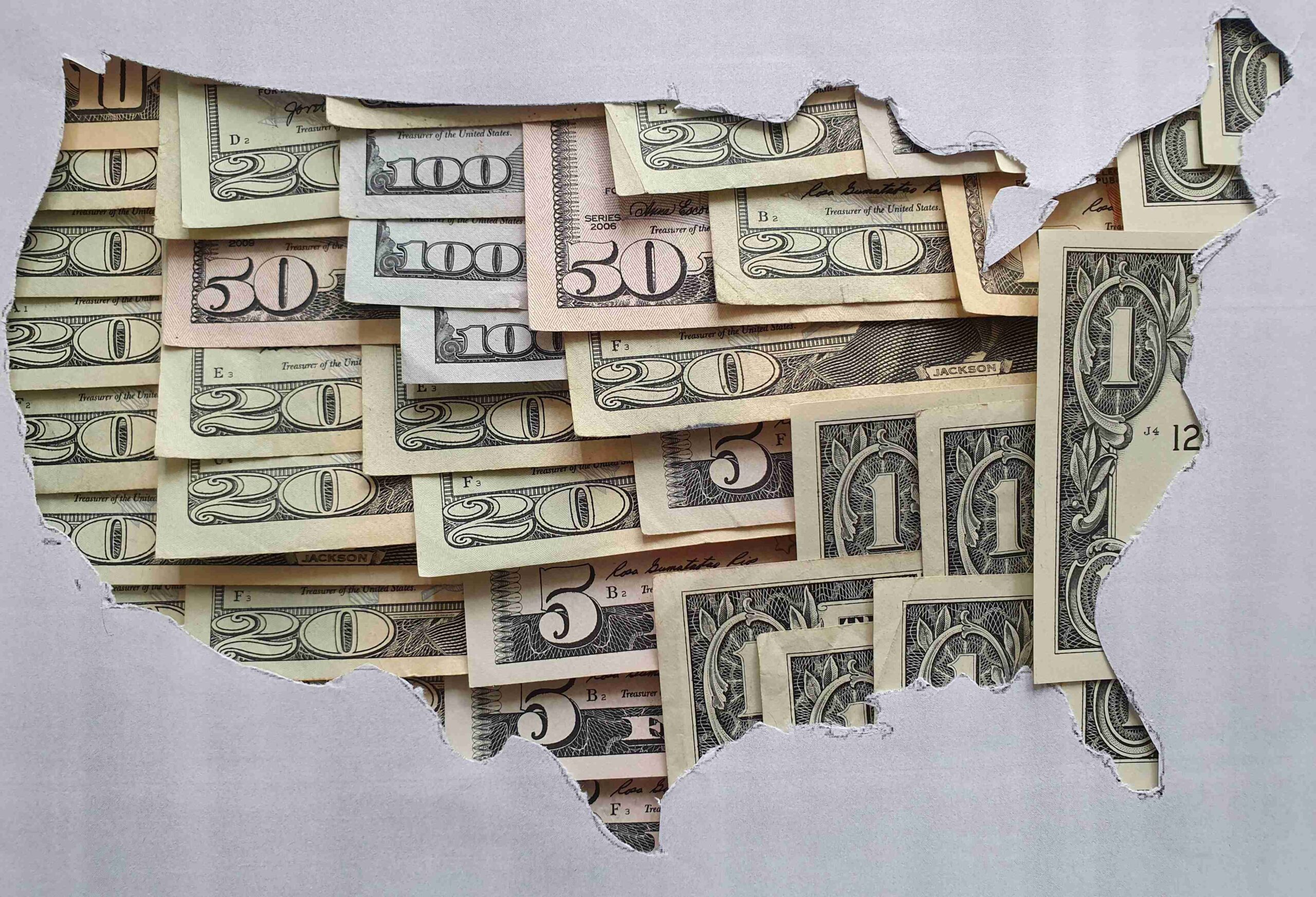Your Credit Score’s Getting a Makeover—Here’s How to Keep Up

Your credit score affects almost every part of your financial life — from loan approvals to the interest rates you’ll pay. But not everyone realizes what exactly goes into this three-digit number or how the rules are changing. Let’s break down what makes up your FICO credit score and what recent changes could mean for your wallet.
The 5 Key Ingredients in Your FICO Score
FICO credit scores are calculated using five main factors. Each one carries a different weight, and understanding their role can help you improve or protect your score.
Together, these components paint a picture of how reliably you manage credit and debt. The most heavily weighted factors — payment history and amounts owed — make up 65% of your FICO score, so they’re the best areas to target if you’re working to boost your score quickly.
The New FICO Models Are Here – And They’re Watching Your Moves
The FICO 10 and FICO 10T models are shaking up the way credit scores are calculated. These newer models still use the same five core factors but place more emphasis on consumer trends and debt behaviors over time. The “T” in FICO 10T stands for “trended,” and that’s the biggest shift — rather than just looking at your credit snapshot, the score looks at your patterns over the past 24 months.
This means if you’ve been steadily paying off your balances or reducing credit usage, your score may improve more noticeably. But if you’ve been racking up debt or carrying high balances month after month, your score could take a bigger hit under this model.
Here’s a comparison to show how the FICO 10T model differs from older versions:
The new model could help borrowers who’ve made recent improvements in managing debt — but it can also penalize those with inconsistent payment behavior, even if their current balances look fine.
Why This Matters for Borrowers
Lenders are starting to adopt these updated models to better evaluate borrower risk, which means consumers can expect creditworthiness to be judged not just on where their score stands now but how it has changed over time. This move is intended to help reduce risk for lenders — especially in times of economic uncertainty — and give more weight to consistent financial behavior.
If your credit habits have improved in the last couple of years, FICO 10T could be a net positive for you. But if your debt has grown or you’ve relied heavily on credit, it may be more important than ever to make a plan for lowering your balances. A higher FICO score could mean better interest rates on unsecured loans which makes them a great option for many people looking to consolidate debt.
The credit scoring game is evolving, and staying in the loop can give you a serious edge. Whether your habits are already trending in the right direction or you’ve got a little cleanup to do, now’s the time to take action — not just react. Need help navigating your next financial move? AmOne can connect you with personal loan options that match your credit situation — so you can borrow smarter and stay one step ahead of any scoring changes.
Credit Score Confusion Ends Here – Let’s Break It Down
1. What is the most important factor in my FICO credit score?
Payment history is the most heavily weighted factor, making up 35% of your score. Missed or late payments can have a significant impact.
2. How does credit utilization affect my score?
Credit utilization, or the ratio of your credit card balances to your credit limits, accounts for 30% of your score. Keeping this ratio below 30% is ideal.
3. What is “trended data,” and how does it affect me?
Trended data refers to how your credit behavior — such as balances and payments — changes over time. The FICO 10T model uses this data to determine if you’re improving or declining in your credit habits.
4. Will the new FICO model hurt my score?
It depends. If you’ve recently increased your debt or only made minimum payments, it could negatively affect your score. But if you’ve consistently paid down debt, you might benefit.
5. Are lenders already using FICO 10T?
Some lenders have started using the FICO 10 and 10T models, but not all have made the switch. However, as the models become more widely adopted, it’s a good idea to align your credit habits with the new scoring logic.
6. Can I see my FICO 10T score right now?
Most free credit score services still use older models, so your score might not reflect the FICO 10T changes yet. Some lenders may offer access if they’ve adopted the model.










